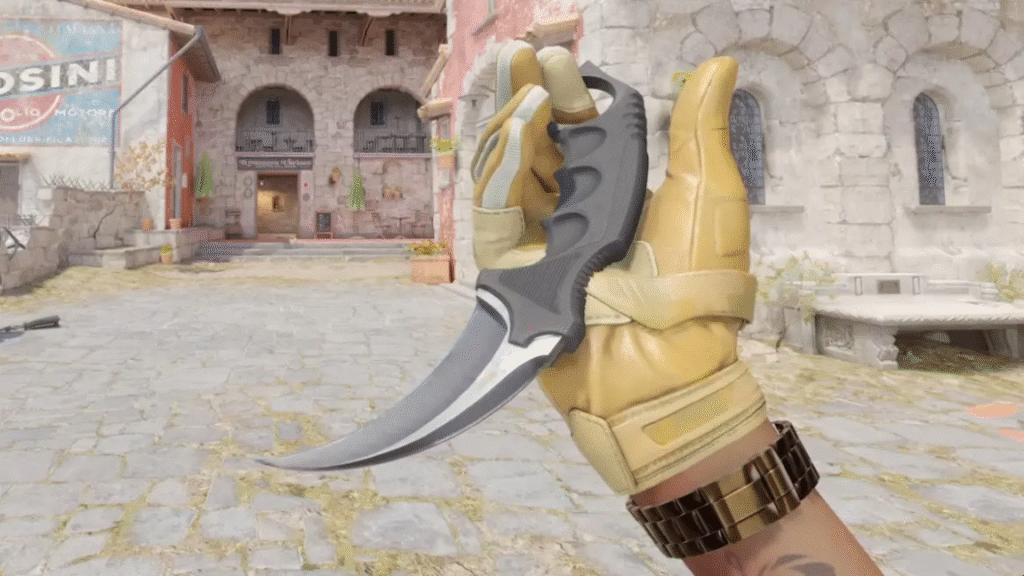From the outside, Counter-Strike 2 looks a lot like a game that’s primarily about shooting people. For millions of players, though, the game is more about collecting and/or buying rare in-game loot and flipping it for what can be very significant sums on the Steam Marketplace. Wednesday night, Valve sent that multi-billion-dollar market into turmoil as part of a so-called “small update.” Now, players can use the game’s “Trade Up contracts” to exchange five common, “Covert” items (also known as “reds”) for the kinds of knives and gloves that have until now been much harder to obtain. That “small update” has unsurprisingly had an immediate and sharp impact on the Marketplace price for those items. One rare knife that sold for over $14,000 less than 24 hours ago has seen its minimum price plummet over 50 percent as of this writing, according to the trackers at Pricempire. Meanwhile, the median sale price for a common P90 Asimov gun on the Steam Marketplace shot up from $10 on Wednesday to well over $100 as of this writing. See if you can spot the point where Valve’s update hit on this Steam Marketplace price graph. Credit: Steam Across the CS2 market as a whole, the massive losses from the rare knives and gloves seem to be overwhelming the sudden surge in price for those common “red” items. Pricempire estimates that the “market cap” for all CS2 items plummeted over 30 percent overnight from an all-time high of just over $6 billion to a total value of just under $4.3 billion as of this writing. A crash or a correction? How CS2 players are reacting to these massive swings depends largely on which side of the unexpected shift they ended up on. One Redditor posted a screenshot showing that his collection of over 600 “worthless red skins” is now theoretically worth over £3.3 million (about $4.4 million) if liquidated. Meanwhile one Chinese skin trader posted a photo on social media showing the value of his collection dropping by about 6.4 million Yuan (about $900,000) in less than a day.
Continue reading the complete article on the original source



